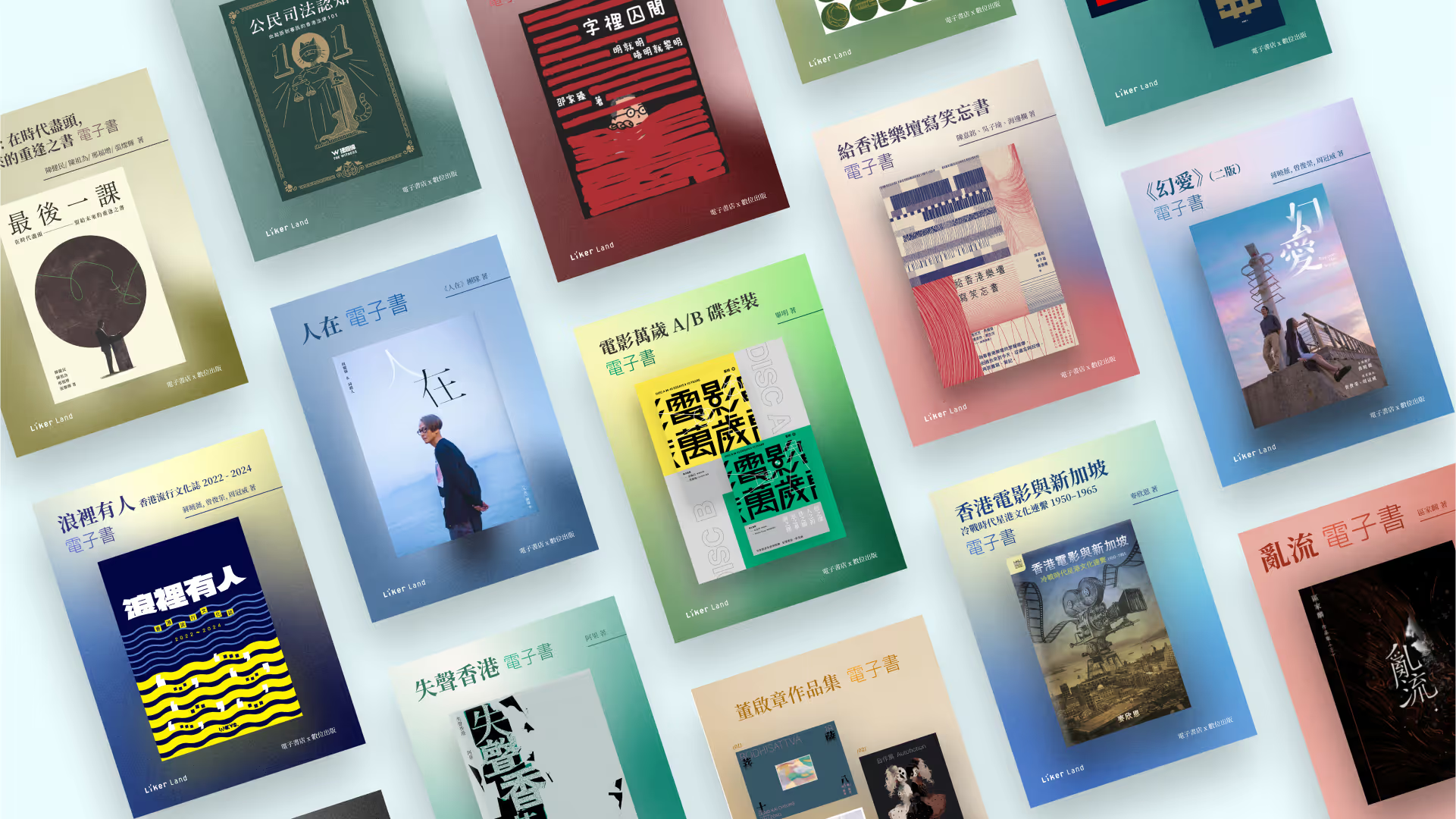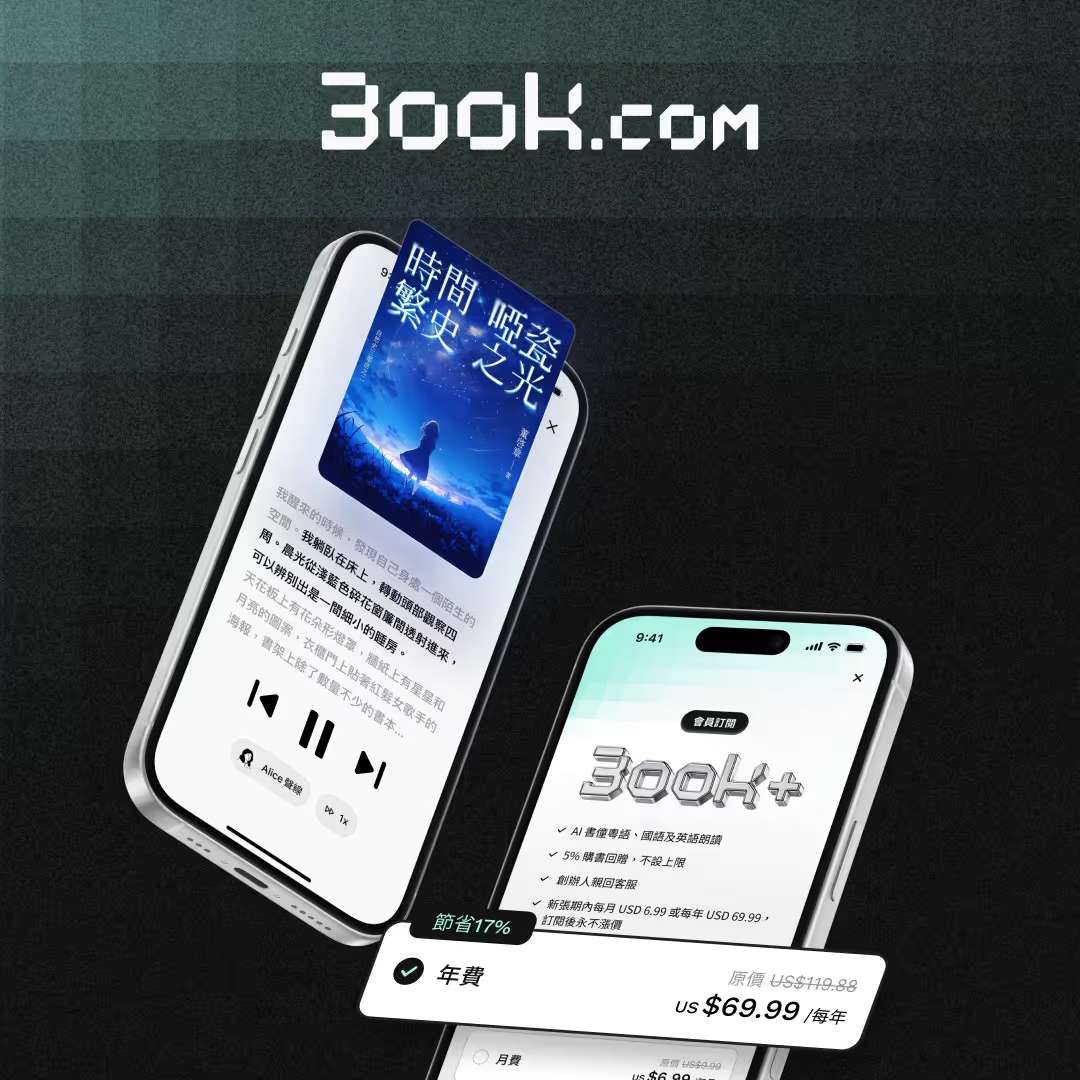
Liker Land Digital Book Store
UX Design
Frontend Design
Overview
A pioneering startup at the forefront of creating a decentralised digital book marketplace. By leveraging Web3 technology, this platform aims to provide a sustainable and transparent distribution network and ecosystem for publications. My role is to redefine how we consume books ensuring a more equitable and efficient system between authors and readers.
The Challenge
The e-book market is saturated with platforms like Kindle and Readmoo, where every title is reduced to the same standardized grid of covers. While this creates order, it also strips away what makes each book unique—its personality, context, and emotional pull.
Another gap is the lack of meaningful author–reader connection. Authors have no visibility into who is buying their work, and readers have no way to engage in a direct two-way conversation. This prevents community-building and makes loyalty difficult to sustain.
Finally, in today’s digital practice, purchased e-books feel interchangeable. Whether it’s a novel, a textbook, or a special edition, the digital copy looks and behaves identically to every other purchase. Unlike the physical world—where signed copies or personalized notes turn a book into a keepsake—digital ownership lacks individuality and emotional value. This makes it harder for readers to form a personal bond with their collection.
The Solutions
1. A distinctive, experiential storefront
We broke away from the generic “cover grid” model by creating a storefront that highlights the unique voice of each book. Dynamic visuals, thematic collections, and interactive previews turned browsing into discovery. Instead of treating books as static commodities, the design emphasized curation and storytelling—making each title feel alive and worth exploring.
2. Embedded author presence inside digital books
To address the lack of individuality in digital ownership, we introduced a new layer of personalization. Each book could feature a tailored author’s note and a built-in signature on the inner pages, echoing the charm of physical book signings. This transformed digital purchases into personal keepsakes, giving readers a stronger sense of connection and value.
3. Two-way communication between authors and readers
We designed a feature where readers could leave a short message for the author upon purchase. These comments were displayed on the book’s product page, fostering a sense of community and visibility. Authors, in turn, could reply directly, creating a living dialogue that added intimacy, recognition, and trust—something absent from traditional e-book platforms.

.jpg)
Results
While concrete sales figures were not disclosed, the impact of the redesign was clear across engagement, sentiment, and adoption:
Increased engagement
Average session duration rose to 30 seconds, signaling that users spent more time exploring books and interacting with dynamic content compared to the traditional static grid.
Positive feedback loop
Both authors and readers responded enthusiastically. Readers valued the personal touches (signatures, notes, and direct messages), while authors appreciated having visibility into their audience and the ability to engage directly.
Differentiated author acquisition
The unique features and community-driven design quickly became a key selling point to onboard new authors. Unlike other platforms that compete primarily on scale or pricing, this experience positioned the platform as an author-friendly space built around connection and storytelling.


.jpg)
.jpg)
